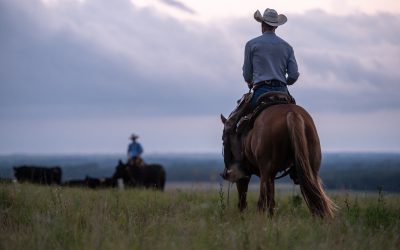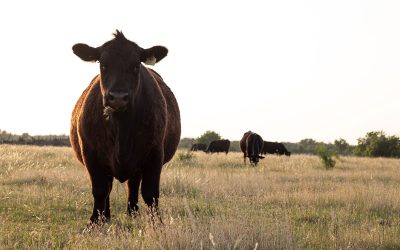
The evolution of a lead, Bruning-style
Two weddings, a new baby, a 90th birthday, a half-complete home renovation, and their first full production sale. If it sounds like a lot of things going on all at once, that’s because it is.
It might even sound like a recipe for disaster, but not for the Bruning family, used to keeping many plates spinning at the same time.
That was my first lead.
It was a collective list of all the milestones that the Frank Bruning family are setting this year.
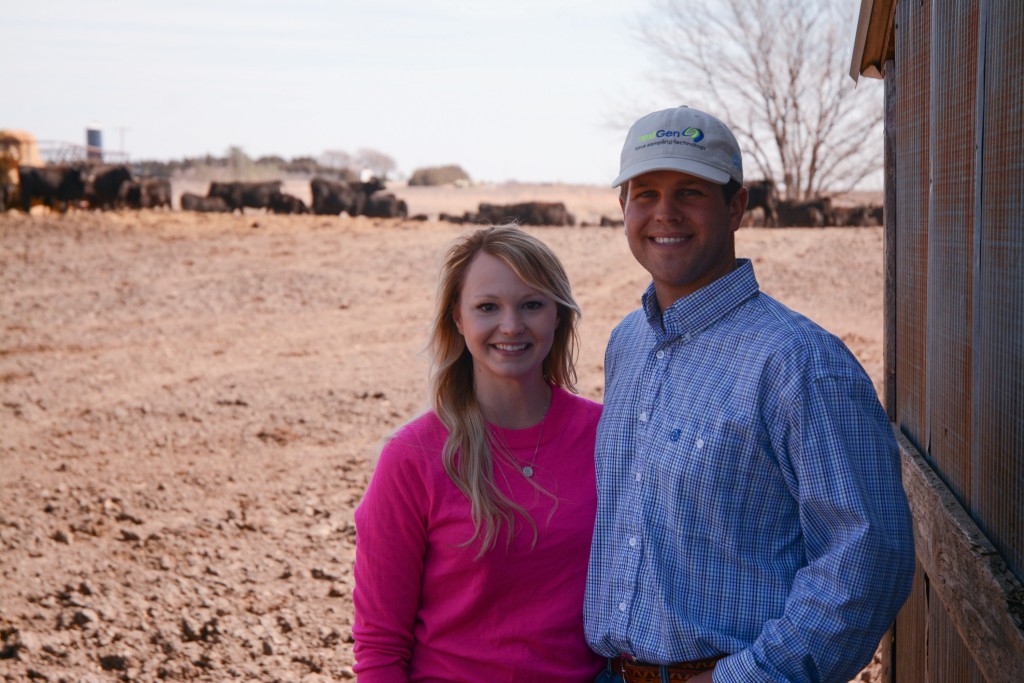
Then I thought more about the young couple I’d met on the family farm near the town of (not coincidentally named) Bruning, Neb., and I marveled at their teamwork and joy in working together.
What could have been a stressful transition moving from decades of private treaty to a production sale, Reiss Bruning and fiancé Heather Oentrich classified as “fun.” They lit up as they talked about it.
So I scratched that and typed:
A test of a farm couple’s relationship could be having your first Angus production sale, before you say, “I do.”
Many details followed. Heather got to use her ag communications background leading the sale catalog and website design, and Reiss liked explaining their vision: “As an industry, the most inefficient thing we can do is produce just a terminal sire or maternal sire. Our generation needs to breed for versatile efficiency.”
He wants bulls to create herds that work as well for producer as for consumer.
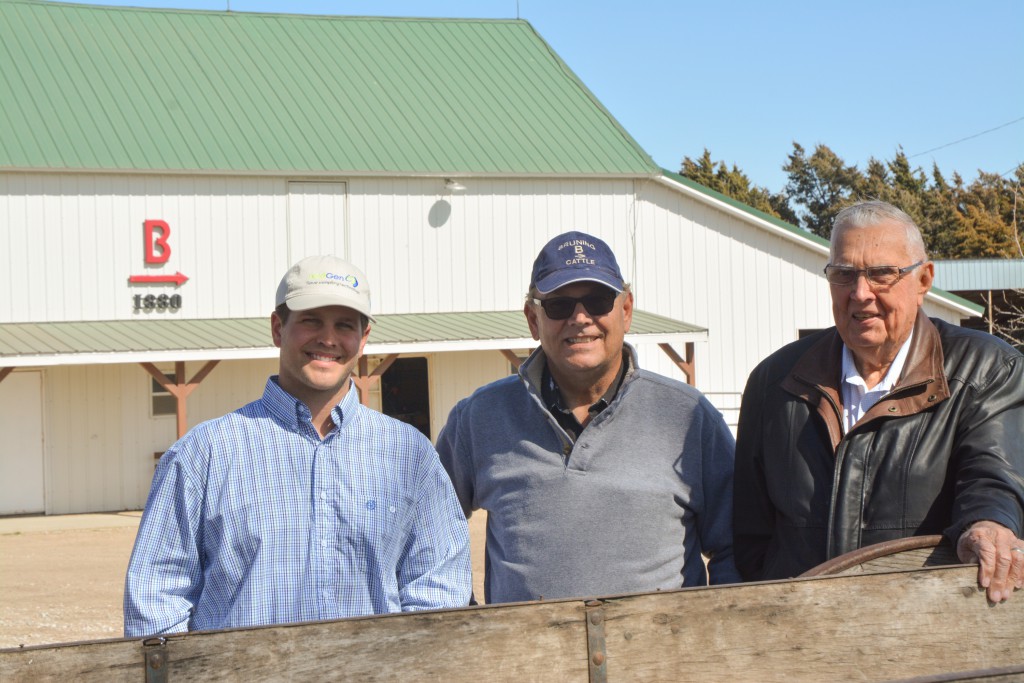
But then there was the history. The farm traces back to a large German family and great-great-grandpa Frank, who settled with his brothers in eastern Nebraska. I wanted to capture the change from the old diversity of racehorses, pigs and Hereford cattle to then “trying every breed” before settling on Angus.
They’ve stuck with it for everything from docility to data.
So this is the lead that will be published:
It’s just an office, nestled in between the house and the feedlot, on a southeastern Nebraska farm, but stepping inside tells a bit about the Bruning family’s story.
In one corner, there’s a desk-top rolodex, with all of Fred Bruning’s contacts. It sits next to the small box where every piece of machinery or equipment currently in use at Bruning Farms is indexed on a card with date of purchase, price and service schedule.
Just steps away is a flat screen computer that his son Reiss recently used to heat-detect heifers with mobile-synching electronic collars. Tech support could monitor from the other side of the world.
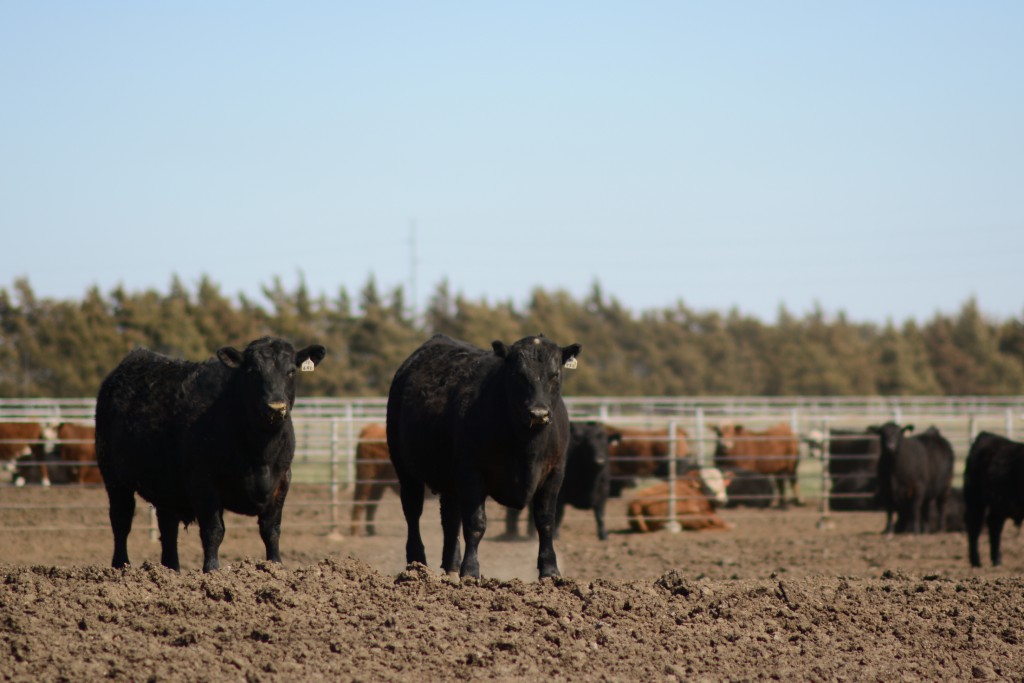
Hopefully you’ll read the upcoming Angus Journal article for the rest of the story. You’ll learn how the on-farm feedlot (and the carcass data they get from being U.S. Premium Beef members) helps shape the direction of their genetics. You’ll get a look at their EPD goals and their history.
I left last month’s visit with the feeling that this is what coming back to the farm is supposed to look like. A mom and dad (and grandpa and grandma, too) supporting the next generation. Giving them guidance and advice and the reins to run an enterprise as they see fit.
I have full confidence that even when they’re officially Mr. and Mrs., when the remodeling dust has settled and the novelty of a sale have worn off, Reiss and Heather will still be using their individual strengths, working toward a common goal:
“Consistent quality,” Reiss starts, as Heather finishes, “narrowing the playing field for a uniform, product for essentially everyone.”
I’m looking forward to where that journey takes them.
May your bottom line be filled with black ink,
Miranda
You may also like
Progress from small steps
Every day is a chance to learn and get better. Thousands of others like my new friends in Alabama are taking steps to meet the shifts in consumer demand, and to know more. Small steps in the right direction can start now. Even if it’s just recording a snapshot of where you are today, a benchmark for tomorrow.
Not perfect, but working to get better
The CAB Cattleman Connection team heard its name called more than once in the virtual ceremonies, and each time came a sense of personal accomplishment, but even better: confirmation that we’re getting better at our craft. I hope that means we’re doing a better job for you.
Beefed up findings
Frank Mitloehner presents his findings on the animal ag sector’s impact on global warming. He explains how cattle counterbalance other fossil fuel sectors, proving that cattle are a solution and not a threat.


